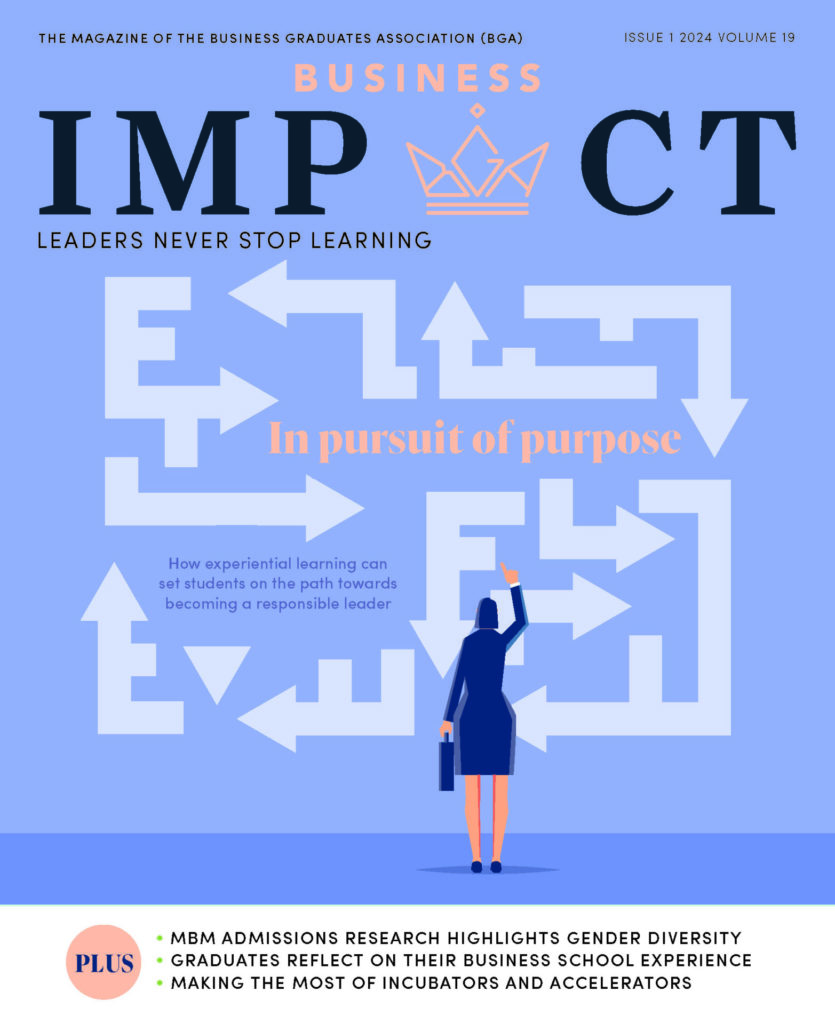Employers who work with educational institutions by offering work experience, workplace visits and sharing their viewpoint in presentations to students provide a practical insight into the workplace. Overall, it means that there will be a better match between qualifications and experience to ensure graduates are effective when they enter industry.
Hire for attitude
Legendary US businessman Herb Kelleher said: “Hire for attitude, train for skill”, a sound maxim but the key to success in applying this is that time must be set aside to carry out the training. No matter how knowledgeable a new recruit is, they still need to learn ‘how we do things here’. The more time invested in training, the more of an asset the employee is likely to become. The right attitude is the foundation on which everything else is built.
For graduates who have had a continuous education from secondary school to higher education, the amount of training needed in the workplace will be more in-depth, as they are often experiencing a working environment for the first time. This is where mature graduates who have returned to education with, often, substantial work experience, have an advantage as they have hands-on experience to draw on.
Where local employers have a good relationship with higher education establishments in their area, they have the opportunity to recruit graduate students directly. In fact, many employers offer temporary work opportunities for students during breaks, if their coursework allows.
It’s the responsibility of the educational establishment to educate potential employers about the kinds of opportunities that will be productive for both sides. Students are not cheap labour; they’re looking at ways to develop their careers. While some work experience is good for their CV, the right kind of experience is invaluable. It’s not just hiring a temp for the summer break, there needs to be time to help guide and educate the student.
What makes a superstar?
A work ethos of doing whatever it takes, not just for the individual, but also for the employer, sets a high standard. Graduates need to have an understanding of more than just their role in the organisation they’re working for, but a wider understanding of the business overall.
We believe that embedding curiosity is essential for students. When an employee has a real interest in the organisation they work for, they’re more able to see opportunities for innovation and, therefore, be more valuable to the organisation. It’s not just about knowing what to do, but knowing why it’s important to do it.
As Simon Sinek has written: “Very few people or companies can clearly articulate why they do what they do. By ‘why’ I mean your purpose, cause, or belief – why does your company exist? Why do you get out of bed every morning? And why should anyone care?.”
Soft skills are important and often make the difference during the recruitment process. Courses like communication, business English, planning, social media (particularly LinkedIn) and other soft skills that will enhance and underpin the educational qualification all contribute to a highly desirable employee. Encouraging students to undertake this kind of additional learning establishes a habit of continuous professional development (CPD) that is essential for any professional.
Practical strategies for business
One of the strategies that Oxford Business College actively pursues is inviting guest speakers on specialist technology changes, industry developments and today’s hot topics. This is where industry leaders are invaluable in sharing their knowledge and expertise to inform students about real-world issues.
Another strategy we use to help students get hands-on experience in business is to use business simulations. This system puts students into teams where they compete to work through a scenario where they are working with specified resources and have to make decisions, while managing people and materials.
Typically, a simulation will run over a five-week period with a small group of students. Each week, two sets of decisions have to be made, with an additional two decisions in the final week. These simulations are all developed from industry, giving authentic scenarios for the teams to work on.
This gives students the experience of assessing the viability of their actions and of making decisions under pressure, offering a more real-world experience than theory alone can provide.
Plan for the future
One challenging and interesting area where education and industry can collaborate is artificial intelligence (AI).
The ongoing concern that AI will replace human roles with digital interfaces isn’t new. When the internet first emerged, the same concern was expressed, but while some jobs were made redundant, the information superhighway didn’t displace libraries as reference points and, has, in fact, created new jobs that couldn’t exist without it.
Perhaps it will no longer be necessary to memorise vast tracts of information to pass an exam, but to be able to judge the quality of a generative AI’s output, or its contextual implications may be skills that a workforce of the future will need.
Working with local industries ensures academia is up to date with current technology, what’s being put into practice and, subsequently, how we can best equip students with the skills to give them an advantage.
Changing the curriculum for any programme takes time; typically, university course programmes are reviewed every five years – and then most first degrees take three years to complete, so, potentially, there is a time lapse of up to eight years between curriculum changes and qualified graduates being available. However, technology is changing much faster than that and the skills a graduate needs today are likely to be vastly different in three years’ time. That’s why real-time input from industry is of such enormous value.
Headline image credit: Darwin Vegher on Unsplash








